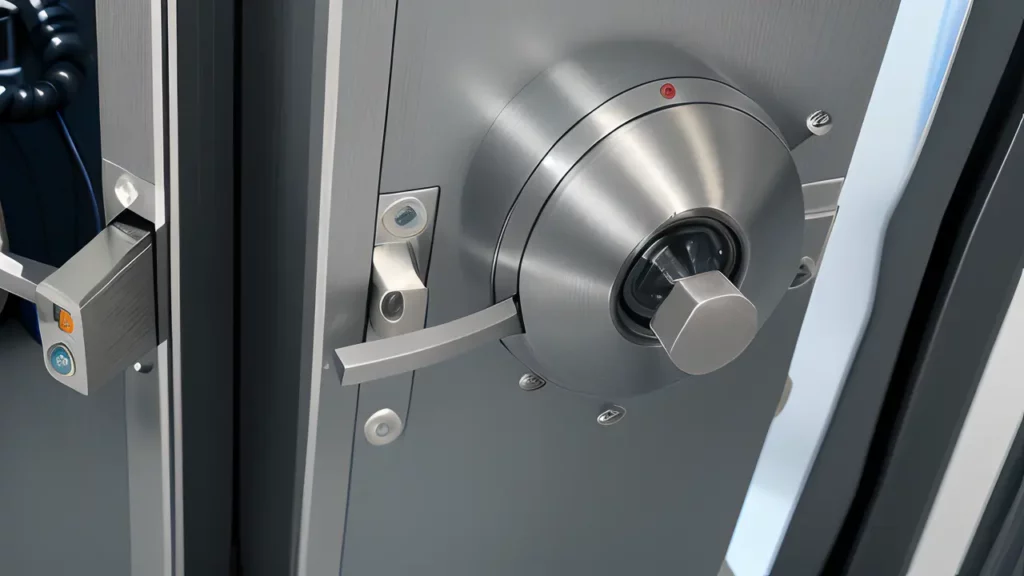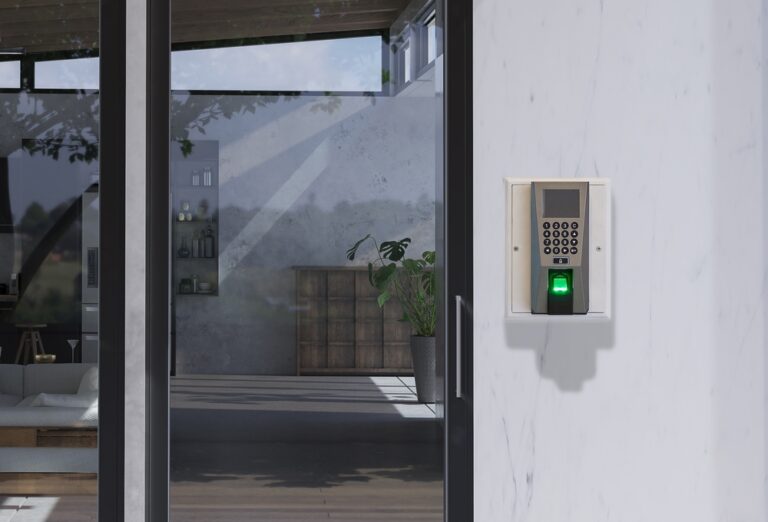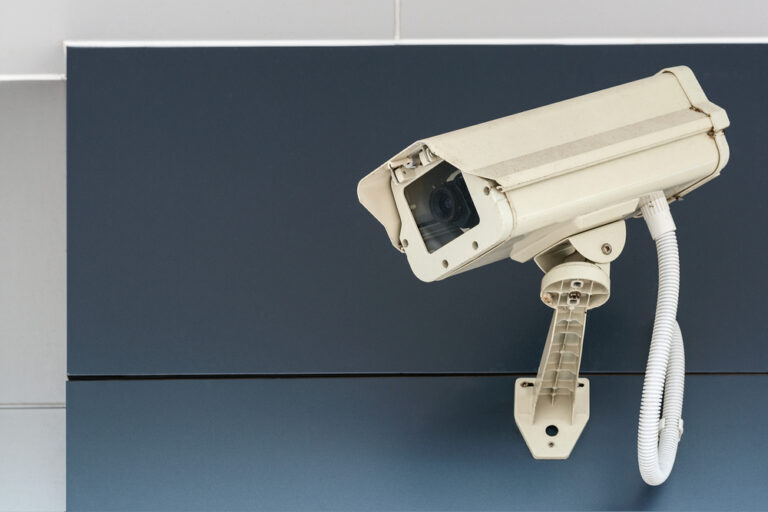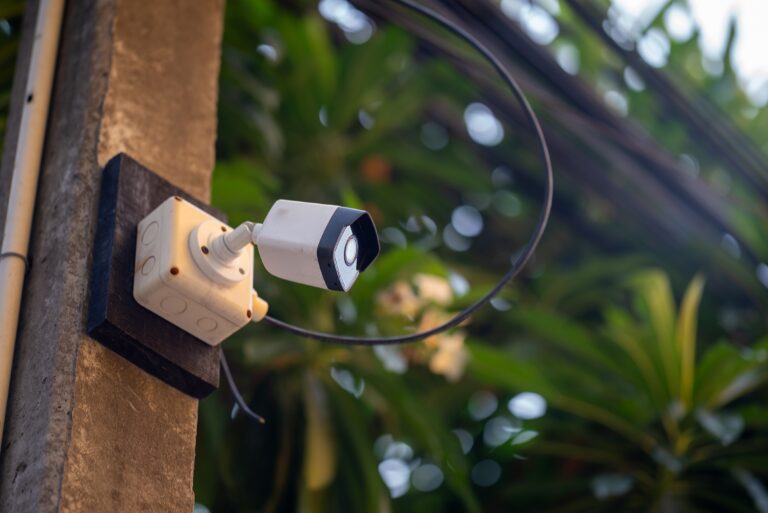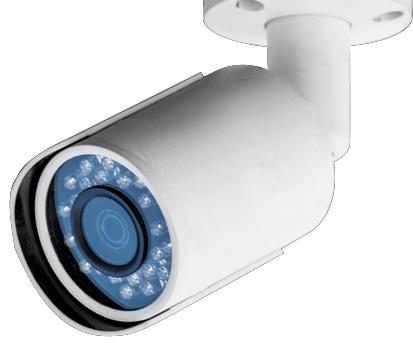- 1) Introduction
- 2) Understanding Magnetic Locks
- 3) Points to Consider Before Installing a Magnetic Lock
- 4) The Installation Process
- 5) Important Factors to Keep in Mind
- 6) Tips for Secure Installation
- 7) Alternative Options for Locking Mechanisms
- 8) Troubleshooting Common Magnetic Lock Issues
- 9) Maintenance and Proper Usage
- 10) Conclusion
-
11)
FAQs
- 11.1) What is the maximum distance magnetic locks can be from the power supply?
- 11.2) Do magnetic locks require network connectivity or data cables?
- 11.3) What backup power options exist for magnetic locks?
- 11.4) Can magnetic locks be installed outdoors?
- 11.5) What is the difference between Access Control Systems and Intercom Systems?
Introduction
Magnetic locks, also known as maglocks, are electromagnets used as locking mechanisms on doors and gates. When electricity passes through the electromagnet, it creates a strong magnetic force that securely holds the door closed. Compared to traditional mechanical locks, magnetic locks offer higher security, integration with access control systems, and flexibility in installation.
| Key Takeaways | |
|---|---|
| Properly installed magnetic locks offer exceptionally secure and reliable access control for doors and gates. Their sheer strength and concealed nature provides robust protection against intrusions and tampering. | |
| Magnetic locks consist of electromagnets, strike plates, power supplies, wiring, mounts, and optional access control devices working in tandem for fail-safe operation. | |
| Careful planning considering usage needs, installation environment, door specifics and safety codes ensures optimal magnetic lock selection and deployment. | |
| Meticulous installation focusing on precise alignments, protected wiring, tamper-proof mounts, and accessories integration is vital for maximum security post-deployment. | |
| Regular inspection, cleaning, testing and authorized-only access policies maintain magnetic locks integrity for long-term peak performance as formidable gatekeepers guarding against unauthorized entry. |
In this comprehensive guide, we will discuss everything you need to know about safely installing and using magnetic locks. We cover how magnetic locks work, factors to consider before installation, step-by-step installation instructions, important safety considerations, troubleshooting tips, and proper maintenance.
Whether you are a homeowner looking to upgrade your front gate, a business owner securing your storefront, or a security professional – this guide will provide invaluable tips and insights. Equipped with this information, you can install fail-safe magnetic locks tailored to your exact needs.
Understanding Magnetic Locks
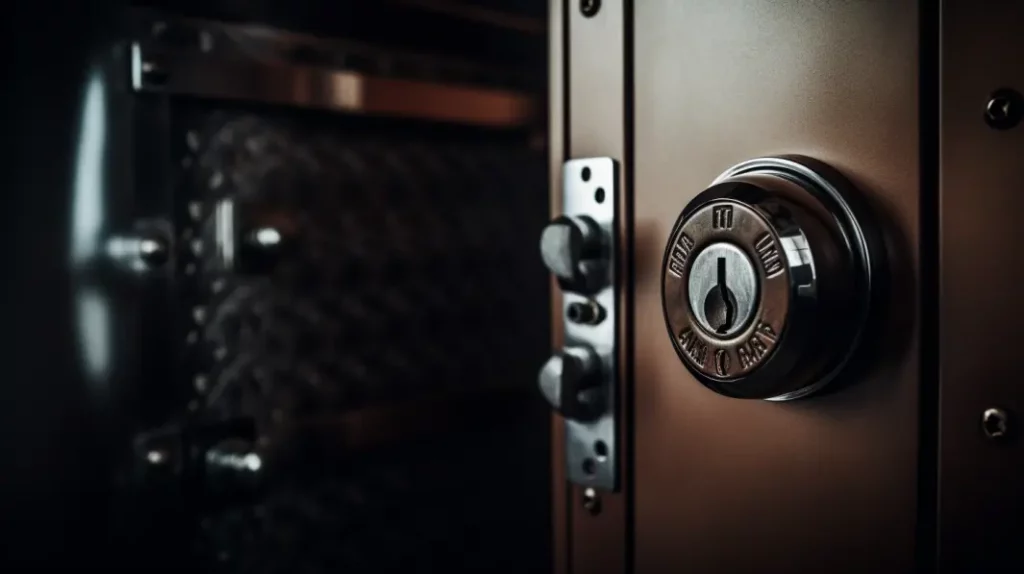
Before installing a magnetic lock, it is important to understand the components, advantages, and potential limitations. This foundational knowledge will ensure you choose the most appropriate magnetic lock system.
How Magnetic Locks Work
A magnetic lock consists of an electromagnet and a strike plate made of ferromagnetic material. When electricity passes through the electromagnet, it generates a strong permanent magnetic field. The strike plate has opposite polarity, so it gets attracted and sticks to the electromagnet. This attraction force securely holds the door or gate closed.
To open the lock, you simply interrupt the power supply. This neutralizes the magnetic field, releases the strike plate, and unlocks the door. Magnetic locks will also disengage during emergencies when the fire alarm activates.
Components of a Magnetic Lock System
A complete magnetic lock system consists of:
- The Magnetic Lock: The lock attaches to the door frame and contains the electromagnet. When powered on, it magnetically bonds with the strike plate.
- Strike Plate: The strike plate attaches to the moving door/gate. It aligns and makes contact with the magnetic lock.
- Power Supply: Provides consistent DC power to energize the electromagnet. Power supplies often have backup batteries.
- Access Control System: Controls lock/unlock function. Can integrate with keypads, RFID readers, etc.
- Wiring: Safely routes power from the supply to the magnetic lock.
- Mounting Hardware: Securely affixes magnetic lock and strike plate to the door/gate.
Advantages of Magnetic Locks
Compared to traditional locks, magnetic locks offer exceptional advantages:
- Higher Security: The powerful magnetic bond makes them extremely difficult to force open. The lock also lacks exposed components which can be tampered or picked open.
- Flexibility: Maglocks can secure doors, gates, and even gun cabinets. Installation is easier on glass or uneven doors where traditional locks are challenging.
- Integration: Magnetic locks can integrate with access control systems. This allows convenient yet secure access control via keycards, fobs, codes, etc.
- Reliability: Magnetic locks are maintenance free and designed to handle heavy usage – tested over 1 million open/close cycles.
- Fire Safety: Magnetic locks automatically disengage when the fire alarm sounds. This ensures emergency egress when needed.
Disadvantages of Magnetic Locks
However, magnetic locks also come with certain disadvantages to consider:
- Electricity Dependence: The electromagnets require a consistent power supply to keep doors locked. Power outages can lead to unlocking.
- Single Point of Failure: Issue with any component, like wiring faults or access control failure, affects entire system.
- Installation Constraints: Correct alignment between the electromagnet and strike plate is vital for optimal locking. Improper installation can reduce holding strength.
By understanding both the advantages and limitations, you can make an informed decision if magnetic locks suit your specific application.
Points to Consider Before Installing a Magnetic Lock
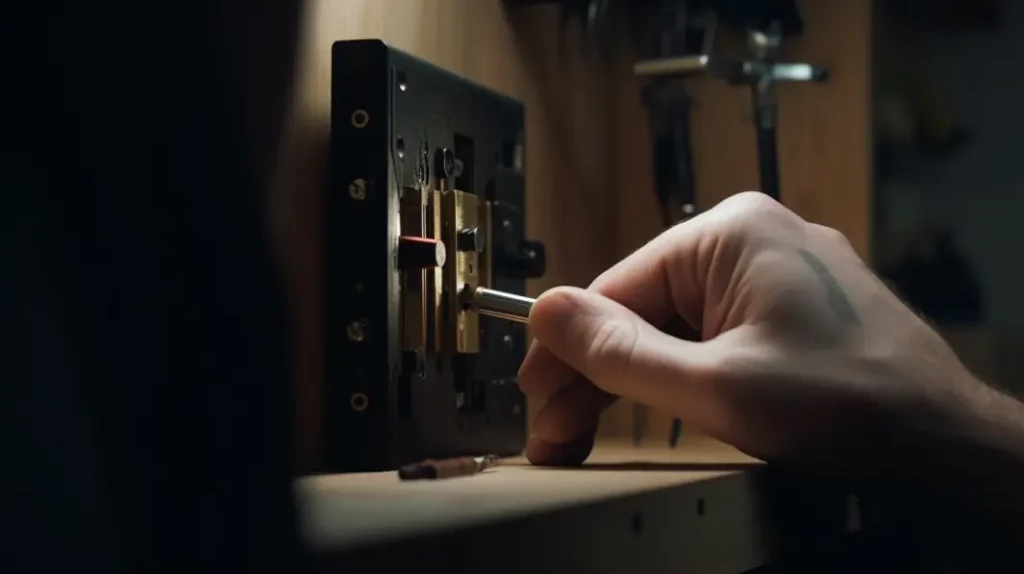
Prior to installation, assess your specific requirements and environment to determine the optimal magnetic lock system:
Price
Magnetic locks are available at various price points depending on holding strength, outdoor rating, accessories, etc. Commercial grade locks typically cost $100 to $500. Include additional budget for professional installation services if needed.
Ease of Installation
Self-installation is possible for simpler systems, but complex access control integration often requires professional support. Consider your capability before deciding between DIY vs professionally installed systems.
Function of Lock System
What exactly needs to be locked? Is it an outdoor gate, indoor secure room, commercial door or specialized enclosure? Install suitable magnetic locks accordingly. Measure the gate/door size beforehand to procure correctly sized locks.
Also, determine if you need integration with existing access control systems like RFID card readers. This impacts the type of lock and accessories required.
By clearly defining the functional requirements, you can narrow down suitable magnetic locks models. This ensures optimal performance post installation.
The Installation Process
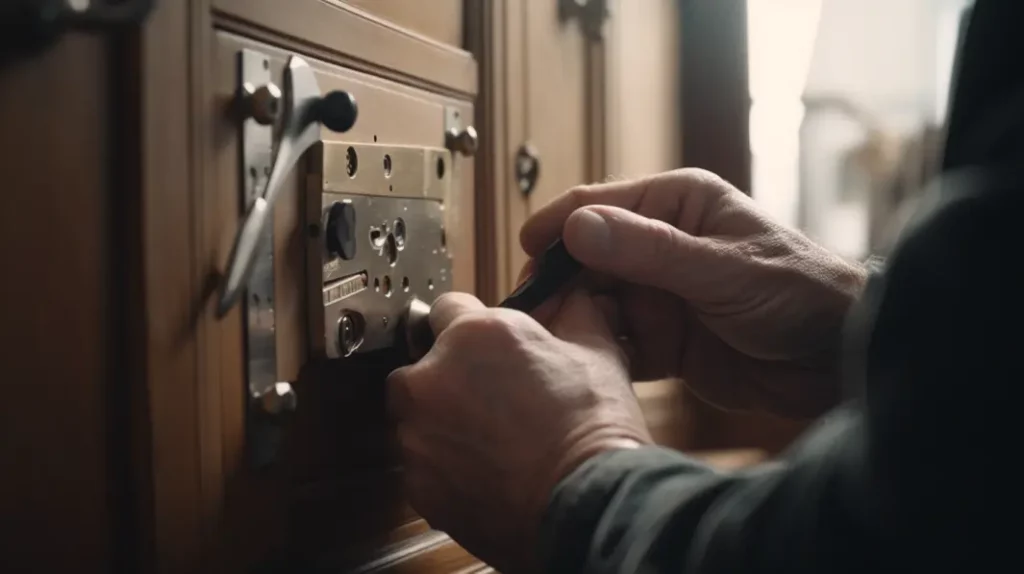
Once you purchase compatible magnetic lock models as per your needs, next comes the actual installation. We will cover end-to-end installation steps for properly setting up magnetic locks:
Mounting the Power Supply
Begin by identifying a location to mount the power supply unit. It should be:
- Mounted indoors in a protected area not exposed to outdoor elements.
- Close enough to the magnetic lock for wires to reach.
- Connected to a reliable power source.
- Easily accessible for future maintenance.
Use suitable screws to securely mount the power supply to the chosen surface.
Routing Wires
Next, safely route the wiring from the power supply to where the magnetic lock mounts.
- Use the appropriate gauge wires based on lock power rating and distance.
- Make sure wires pass through areas that are protected but accessible.
- Use wire conduits on surface edges to prevent wire exposure.
- Leave sufficient slack at endpoints for easy attachment.
This creates a safe pathway to deliver power between the components.
Mounting Accessories
If integrating magnetic locks with access control devices, mount them accordingly:
- Mount RFID/biometric readers, keypads properly aligned to the lock height.
- Place request-to-exit motion sensors to cover approach areas.
- Attach door position sensors with suitable alignment.
Check that accessories are wired to reach the access control panel.
Connecting the Power Supply
With mounting complete, start interconnect wiring:
- Connect magnetic lock wires to power supply terminals (may vary by model).
- Connect any access control devices like readers, exit sensors, etc.
- Connect power cord to grounded AC outlet with surge protection.
- Do NOT power on the system yet.
Double check all wiring connections before powering on.
Testing the Lock System
The final step is testing lock functionality before permanent mounting:
- Align magnetic lock and strike plate without fully securing.
- Power supply switch to ON position.
- Lock should magnetically engage, holding both components aligned.
- Power down supply – lock should disengage strike plate.
This validates proper wiring and magnet functionality. Now the locks can be permanently mounted.
Important Factors to Keep in Mind
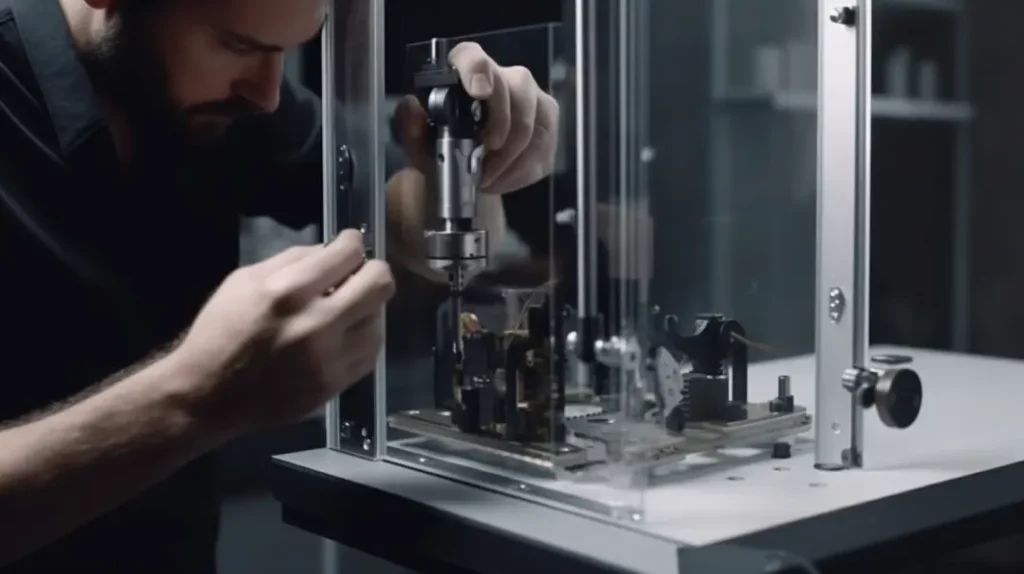
While installing magnetic locks, keep these vital aspects in mind for optimal security and performance:
Proper Drilling and Wiring
- Avoid drilling holes through door frames/windows that may compromise structure or fire rating.
- Follow local building codes and get necessary permits if needed.
- Use conduits for concealed and tamper-proof wiring routing.
Choosing Right Location
- Mount magnetic locks on secure side of the door for maximum breach protection.
- Ensure no ferromagnetic materials in 60 cm vicinity that may interfere with magnetic bonding.
Type of Gate/Door
- Outdoor gates with slope/unevenness require extended lip strikes for consistent contact.
- For glass doors, specialized mounts are required to securely hold heavy locks.
Strike Plate Installation
- Align strike plate perfectly with magnetic lock – holding strength reduces significantly even with minor offsets.
- Shim plates if necessary to compensate for gaps or slope.
- Consider beveled, pivoting, or slotted plates if consistent alignment is uncertain.
Proper planning and care during physical installation is vital for the magnetic locks to function reliably once deployed.
Tips for Secure Installation
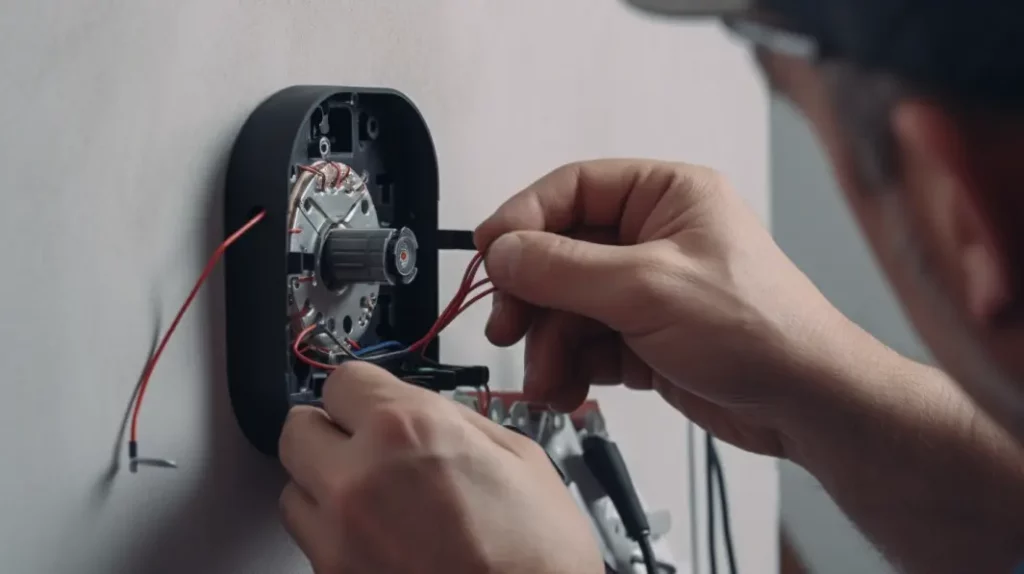
Once installation is complete, a few final touches will greatly enhance security:
Concealing Wires
- Enclose wiring in tamper-proof conduits, especially along outdoor routes.
- Use conduit colors matching background to camouflage.
- Periodically inspect wiring to check for exposure hazards.
Ensuring Proper Alignment
- Double check strike plate and magnetic lock alignment – even 1/8th inch gaps severely decrease holding force.
- Test magnetic bond strength by attempting to pull apart. Improve alignment if strength seems inadequate.
- Consider beveled or pivoting strike plates to accommodate minor gate vibrations.
Using Additional Security Features
- Integrate magnetic locks with alarm systems for unauthorized breach detection.
- Add CCTV monitoring for visual verification of intrusion attempts.
- Implement access control system to track authorized entry history.
A holistic approach with complementary security layers prevents bypass threats.
Alternative Options for Locking Mechanisms
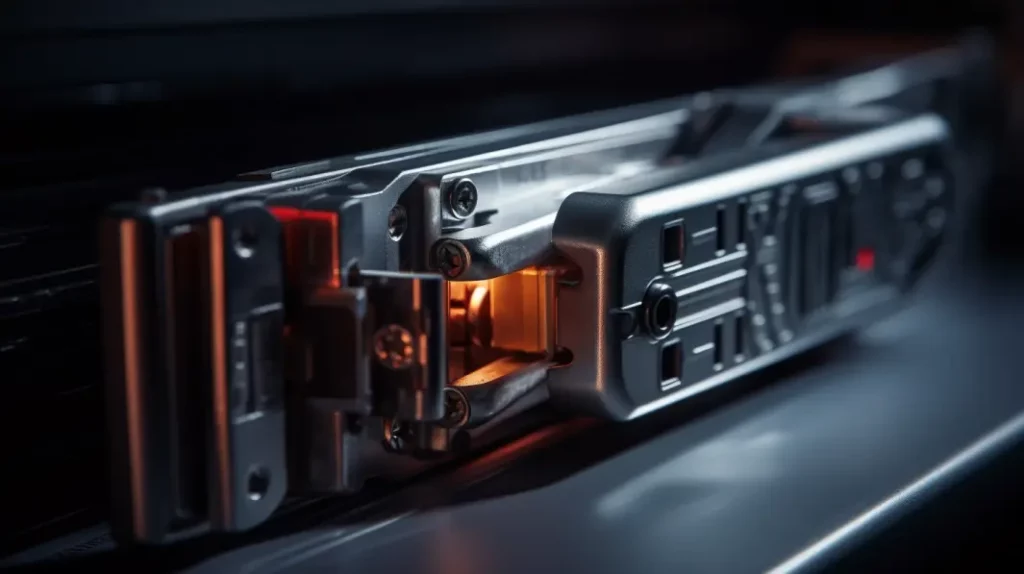
While magnetic locks offer unmatched advantages for securely holding doors closed, they aren’t necessarily suitable for all scenarios. Consider these alternate options:
Electric Strikes
Electric strikes use electromagnets like magnetic locks. However, they integrate directly into traditional mechanical locks. This offers the flexibility of both electric and manual locking control when needed.
However, electric strikes are prone to tampering since components are externally accessible. Magnetic locks offer more covert installation and protection.
Combination of Magnetic Locks and Electric Strikes
You can also combine magnetic locks and electric strikes for maximum versatility:
- Use magnetic locks as the primary electric locking mechanism for regular access control. Reliably secures doors via hidden internal integration.
- Install electric strikes connected to the same mechanical lock as a backup unlocking option during power outages. Allows emergency manual key unlocking.
This setup ensures regular secured access yet doesn’t sacrifice emergency overrides via mechanical keys. However, integrating multiple mechanisms increases overall system complexity.
Evaluate all approaches to determine optimal trade-offs based on your specific security priorities and budget.
Troubleshooting Common Magnetic Lock Issues

Despite proper installation, you may still encounter issues with magnetic locks over time. By quickly identifying and addressing problems, you can minimize security risks and downtime.
Common trouble symptoms include:
- Magnetic lock not engaging with strike plate intermittently or entirely in worst case
- Locks seeming weaker in holding doors closed – doors being more easy to force open
- Buzzing noises indicating intermittent connectivity
- Issues consistently observed during certain times of day
Based on when issues occur and nature of symptoms, likely root causes can be as follows:
Faulty Wiring Connections
Loose wiring connecting magnetic locks with power supply leads to connectivity issues. Especially relevant if problems noticed randomly vs consistent times.
Solutions:
- Inspect wires for loosening or exposed copper at connection terminals
- Re-terminate wires properly ensuring rigid capture of bare conductor tips
- Check wires for damage – replace any corroded or physically damaged wires
Power Related Issues
Inadequate or dropping power supply causes magnets to partially or entirely let go intermittently. Typically occurs at peak facility power consumption periods impacting supply voltage.
Solutions:
- Verify supply output voltage staying consistently around 12/24 VDC under load
- Connect locks to dedicated power circuit instead of shared circuits
- Consider installing backup batteries or uninterrupted power supply (UPS)
Pinpointing root causes requires patience but ensures problems are fixed instead of merely masked. This avoids endless fruitless efforts towards symptoms rather than addressing actual problems.
Maintenance and Proper Usage

With magnetic locks securely installed and functioning reliably, proper maintenance and usage etiquette ensures their long-term effectiveness:
Cleaning and Lubricating
- Wipe down external lock housing regularly to prevent grime buildup.
- Clean strike plate and electromagnet contact areas routinely for optimal magnetic attraction.
- Lubricate the strike plate with Teflon grease for smooth release with lock power off.
Regularly Testing Lock System
- Conduct periodic operational tests to verify all components function – attempt to push doors open after powering locks on/off.
- Examine wires and connections to catch loose contacts early before causing issues.
- Check bonding strength between electromagnet and strike plate. Realign if strength feels inadequate.
Limiting Access to Authorized Individuals
- Ensure only properly trained employees have access credentials to operate locks.
- Keep lock power supply units (PSUs) in locked boxes/rooms restricting physical tampering.
- Change operation codes/cards when employees leave to prevent unauthorized re-entry.
Properly maintaining and operating magnetic lock systems preserves their security integrity for extended durations even under severe usage.
Conclusion
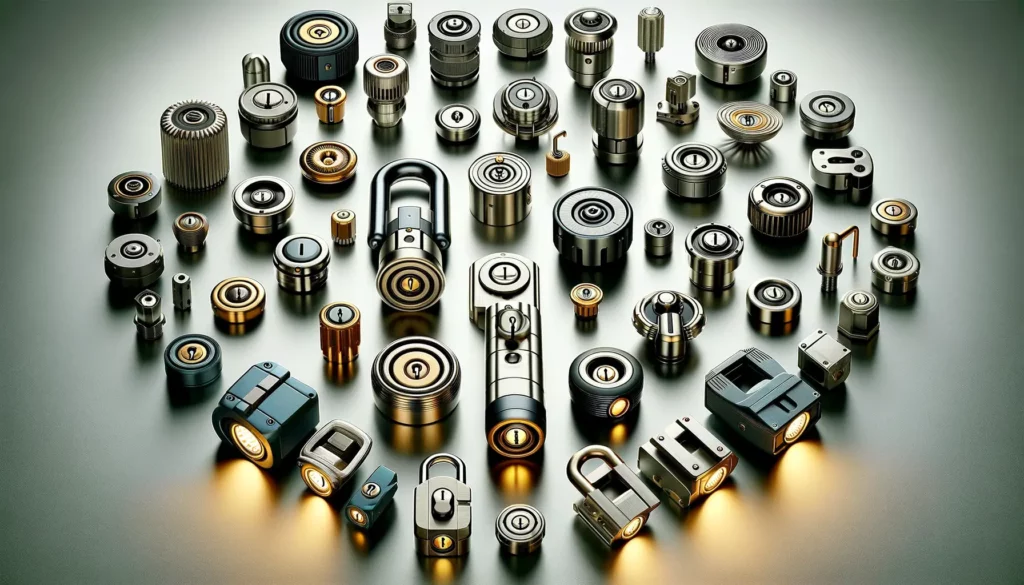
Magnetic locks offer robust, reliable access control significantly more advanced than traditional mechanical locks. By understanding working principles and considerations for installation, safety concerns, integration approaches, maintenance tips provided in this guide, you can confidently deploy magnetic locks tailored for your application.
With due diligence and care during planning, procurement, installation and post-deployment maintenance, magnetic locks serve as an invaluable upgrade for securely safeguarding ingress points from unauthorized and forced entry threats. Their concealed nature and sheer strength providing covert yet formidable protection.
Equipped with this comprehensive know-how resource spanning the entire lifecycle, you can fully harness the might of magnetic locks for fortifying sensitive entry points via permitting access only to pre-approved individuals. Thereby drastically enhancing safety for occupants and assets housed within secured zones.
Looking to install magnetic locks or other security solutions? Contact the experts at Jefferson Security Cameras to get a customized solution for your needs. You can get a free quote from our team and discuss the best options for securing your home or business.
With over 10 years of experience installing security cameras, access control systems, and electric locks in Philadelphia and beyond, Jefferson Security Cameras will assess your site and requirements to provide quality recommendations.
Schedule a no-obligation site survey by calling (267) 662-1423 or filling out the online form to get started. Our knowledgeable staff will be happy to answer any questions and provide free estimates for recommended security upgrades.
FAQs
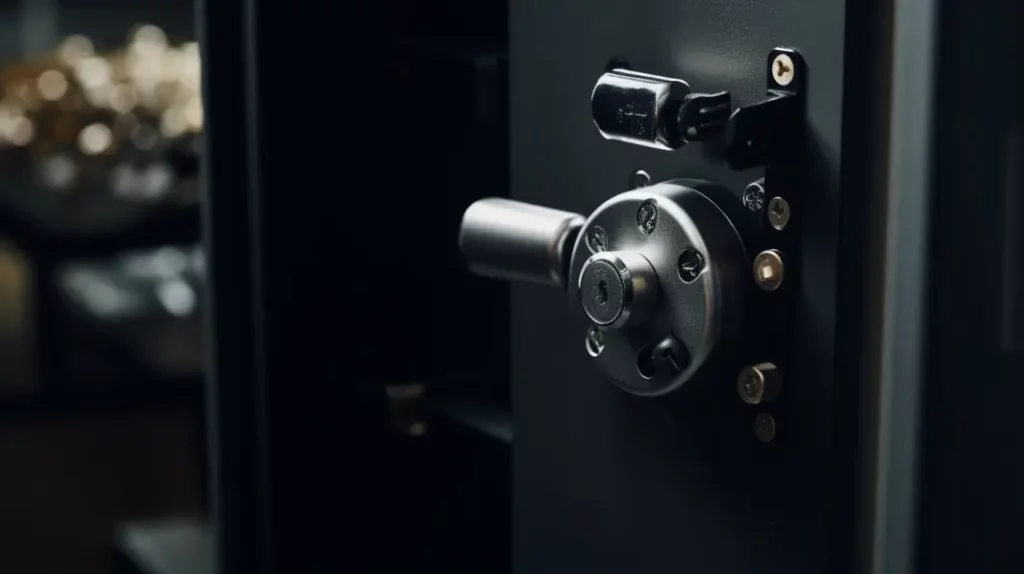
What is the maximum distance magnetic locks can be from the power supply?
The maximum recommended distance between the power supply and magnetic lock is around 100 feet. Greater distances can cause voltage drops reducing effectiveness. Use a higher gauge wire for runs exceeding 50 feet.
Do magnetic locks require network connectivity or data cables?
Basic magnetic locks function electromechanically without any data connectivity. However, networked access control integration for unlocking via RFID, biometrics etc. requires running data cables between devices and processors.
What backup power options exist for magnetic locks?
Power outages will disengage maglocks unless backups exist. The best backup is an Uninterrupted Power Supply (UPS) with batteries seamlessly taking over during grid power disruptions.
Can magnetic locks be installed outdoors?
Outdoor magnetic lock models feature protective enclosures and gaskets rated for all-weather operation. Ensure exposed wires have conduit shielding from environmental damage.
What is the difference between Access Control Systems and Intercom Systems?
Access control systems focus on securely identifying authorized individuals before unlocking doors/gates. Intercom systems primarily enable audio/video communication but may integrate access control for entry if needed.

